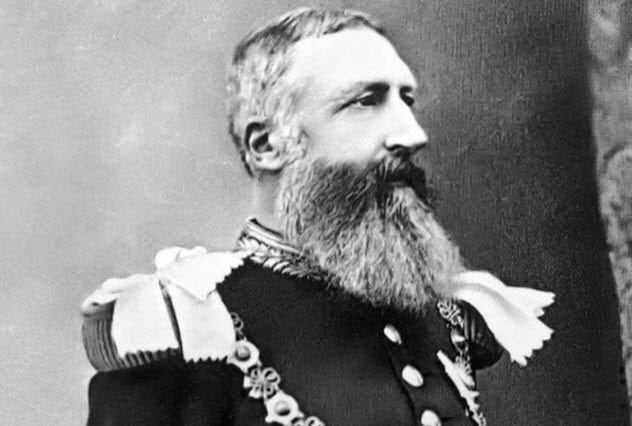From 1807 onwards, Great Britain abolished the sale and ownership of slaves within her empire, and several other European nations followed suit bringing the horrendous Trans-Atlantic slave trade to an end.

After this, European interest in Africa, especially Sub-Saharan Africa, changed. The slave trade era was in conceptual term one that commodified human resources, and the new interest European powers developed after the slave-trade can in conceptual term one that commodified natural resources.
Hence, the need to take human resources from the shores of Africa to Europe and the New World was replaced by the need to take natural resources from the shores of Africa to Europe and the New World.
Colonialism was born.
The struggle and competition amongst European nations to get control over specific African lands were leading to conflicts and clashes between European countries.
The Berlin Conference of 1884 – 1885 was called to find lasting solutions to the ensuing conflict. Europe found common ground in their conflict, deciding to share African natural, human, and land resources amongst themselves in a specific configuration that mitigated the clashes that followed colonial interest.
King Leopold II of Belgium was granted dominion of the Congo basins. This means that the Congo basin, found in Sub-sahara Africa, became a colonial outpost of the Belgian state, with Leopold assuming the unparalleled authority of land, resources, and people found within this area.
Congo became a personal property of the crown, a revenue-generating enterprise hewn from the blood and sweat of an indigenous population that meant no more than a cup of rubber to the Belgian King.
The Congo basin was rich in numerous mineral and natural resources but was more so in Ivory and rubber. The Belgian program in the Congo basin set up a system that utilized the indigenous population of the Congo basin as a workforce for his Rubber industry. An endeavor that thrived on forced labor and horrible treatment of the indigenous population for profit.
While Europe congratulated itself on paper on its moral responsibility and sanity by ending the Trans-Atlantic slave trade, they turned their attention into a different approach to slavery, which enslaved the people right in their ancestral homes instead of shipping them thousands of miles away to foreign markets.
Leopold II commissioned the mapping of the Congo basin to make his program in the region easier and to facilitate transportation and effective control of the region.
He used a British explorer, Henry Morton Stanley, to this end. He was familiar with areas in the Congo basin and was already had contact with some of the indigenous people within the Congo basin. His job was to create a Congo Free State that would be directly under Belgian control.
Henry Morton quickly, without invitation or consent from the Congo people, set out to map the Congo basins in coinciding with his order from the King. This expectedly did not go well with the indigenous population, and that was the beginning of a disagreement that led to intense horror and barbarity meted on the Congo people by an alien authority.
Henry was confronted by seven different indigenous groups of the Congo basin who were against his expedition and mapping of the Congo basin and resources. They demanded he burnt the information recorded in his journal and not take any of this information out of the Congo.
Henry’s methods of exploration changed to an assault mode, shooting and attacking any Congolese individual or group along his path as he continued his exploration and mapping. Thirty-two native towns were burnt and destroyed by the time his exploration came and an end, and many people had been killed.
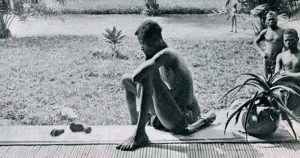
The atrocities committed by his men in the course of their exploration through Congo was horrific. They maimed, killed, robbed, sacked, burnt towns, kidnapped and raped women and men, flogged the men to death.
Through this excessive use of force, violence, and murder, Henry Morton Stanley created the Congo Free State.
The irony in that name, a slap to the face of the people within the state.
Henry’s report back to Leopold had details of bountiful resources of rubber all over Congo, temples filled with Ivory scattered all over the region, he summarized that the region was rich in resources and Leopold was quite intended on utilizing these resources to generate wealth for himself and the Belgian state.
Over 70% of the Congo region came under Leopold’s ownership by force; the former indigenous owners were turned into labor hands, often paid negligible amounts for their labor. This soon stopped as they were forced to work without any form of payment no matter how little, with little to nothing was done for their wellbeing.
Harvesting of rubber was a mandatory task for everyone who lived in the Congo was required to pay to the crown and was often collected through the most horrendous methods with terrible punishment for defaulters.
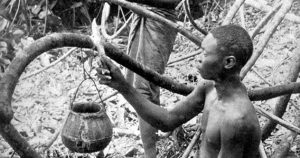
Leopold imposed high-profit targets from the region, which made the officials within the region to impose high quotas on the people. They were allowed to work for twenty days to generate enough rubber needed for their monthly quotas, and the remaining ten days was given to them to use as farm time to generate food needed for their sustenance.
The rubber business in Europe was thriving, and this translated in the imposition of higher targets by Leopold, which translated to increased quotas levied on the people by Belgian officials. The higher the imposed target, the more difficult it was for people to meet up with their expected monthly quotas, which came with horrible retribution such as severing a limb or execution.
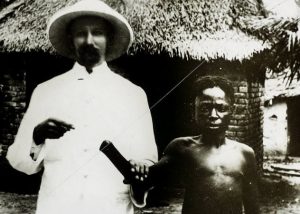
An army force of about 19,000 was formed; Force Publique, which also served as the police force that policed the country. Indigenous people were forcefully conscripted into the lower ranks with refusal often accompanied by execution.
Forcefully conscripted officials were often demanded to produce basket filled with severed hands from the Congolese people’s failure to which came with the penalty of death for the local officer. This was used to paint to the sensibility of the locals that their oppressors were of the same stock as them.
As many years of collecting rubber went by, the commodity increasingly diminished, but the quota targets didn’t. The people had to work even harder to reach their targets, most times resorting to climbing the trees to find rubber vines they could tap, many fell to their deaths due to this.
Failure to reach quotas was punished by execution, severing of limbs, flogging to death, or almost to the point of death, beating to the point that they become severely mutilated.
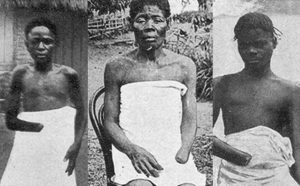
A European commissioner in the Congo once wrote concerning their methods, “We must fight them until their absolute submission has been obtained or their complete extermination.”
The welfare of the indigenous people who were also used as slave force in the Belgian rubber industry of the Congo was not given any consideration. They mostly worked without food or water provisions, and even the sick was still expected to work and reach their target quotas.
Bad food, dirty water, the environment riddled with dead bodies, or the rotting parts that had been severed from the people, the people were also bitten by Tse-tse flies deep within the jungles where they venture to get rubber.
The diseases were epidemic leading to the loss of millions of lives. Sleeping sickness alone caused by tsetse fly led to more than 500,000 deaths.
Leopold of Belgium oversaw a horribly inhumane enterprise in the Congo, which directly led to multiple million deaths of the indigenous population. Many of them, which by account may be counted luck, came out with severed limbs, mutilated body, broken spirits.
Even to this day, this terrible ethnic cleansing and holocaust still affect the population, resources, and wellbeing of the people in the Congo basin.
Leopold walked away without any repercussions for his crimes, even though the effects of his crimes are still today felt through the Congo and would linger for the next hundred years, Leopold never answered for any of this crime. Even to this day, European authorities never mention these events. It never gains any airtime from mainstream media or even talked about it in any popular platform.
The hypocrisy of European moral policing was fully displayed in Congo. Congo remains a cross where humanity was crucified on the altar of greed and abhorrent colonialism.
Leopold described his intention in the Congo in the most deceptively wicked ways; he wrote: “To open to civilization the only part of our globe which it has not yet penetrated, to pierce the darkness which hangs over entire peoples, is, I dare say, a crusade worthy of this century of progress.”
Masking his true intention of funding his political ambitions, a large army, and facilitate infrastructural development in Belgium through the complete enslavement of a whole group of people in their own ancestral land.
To this day, Leopold II of Belgium remains one of the most wickedly inhumane souls in human history, but ironically, remains the least talked about in the light of his horrible actions.

